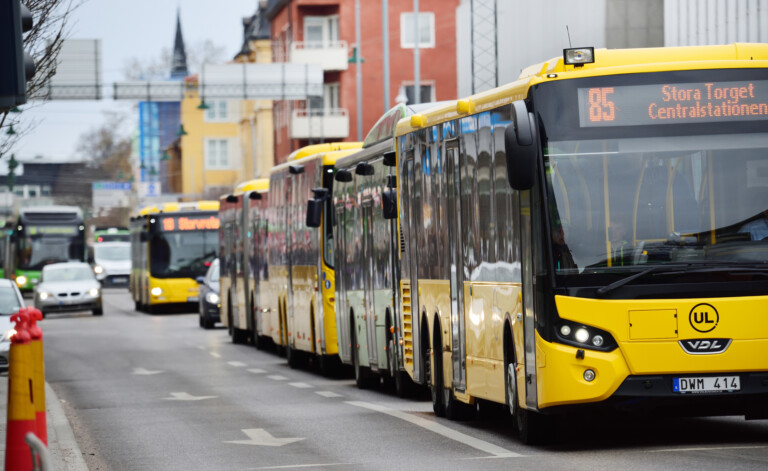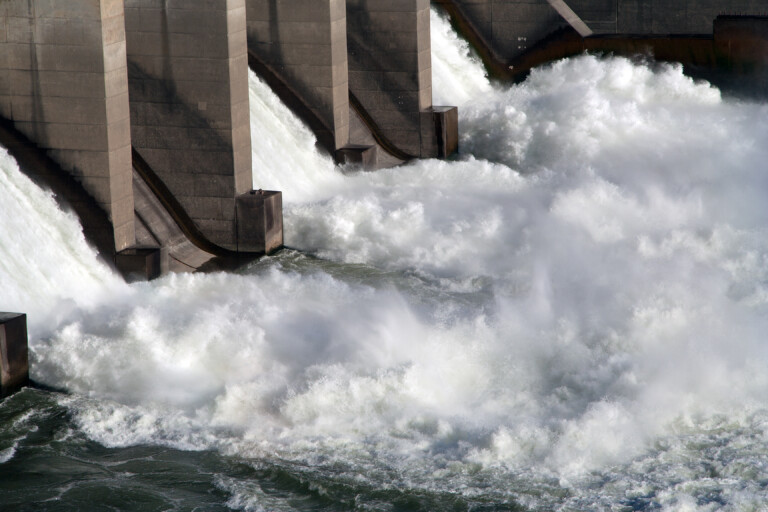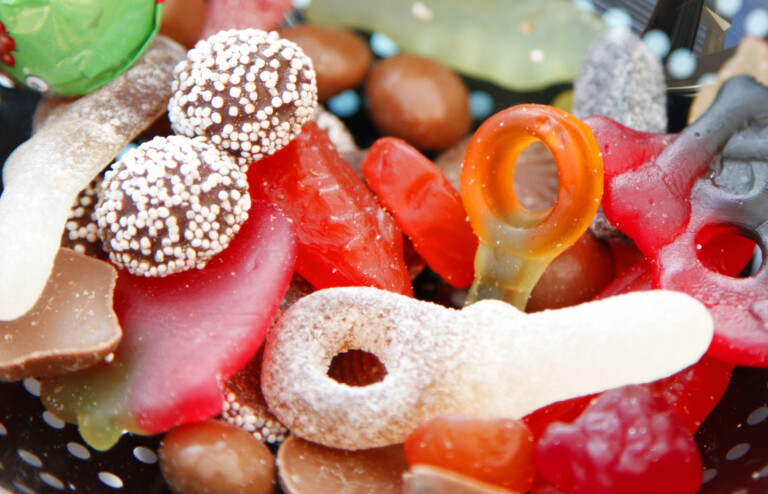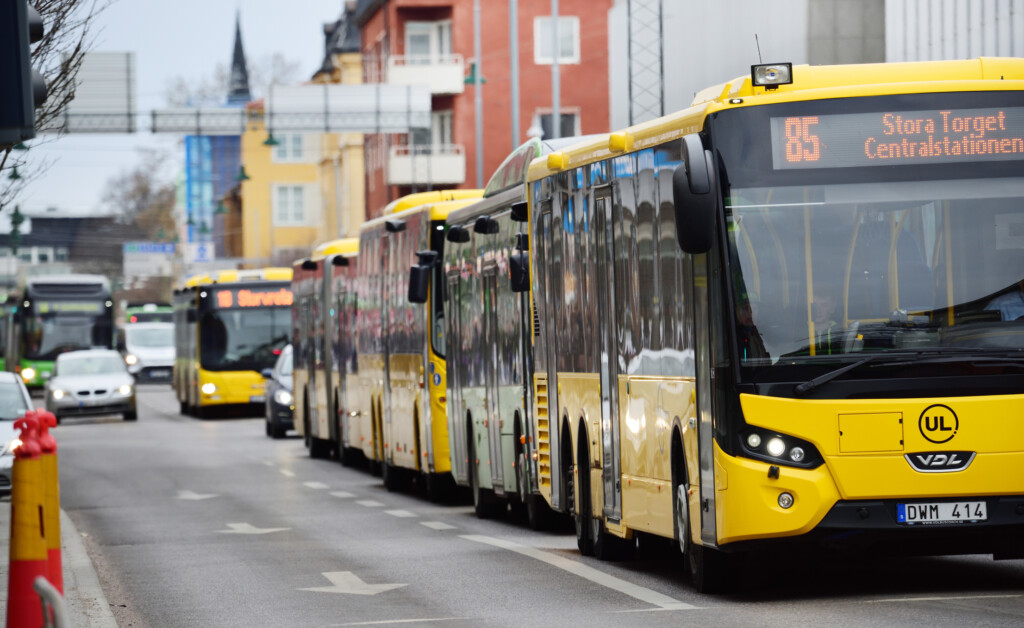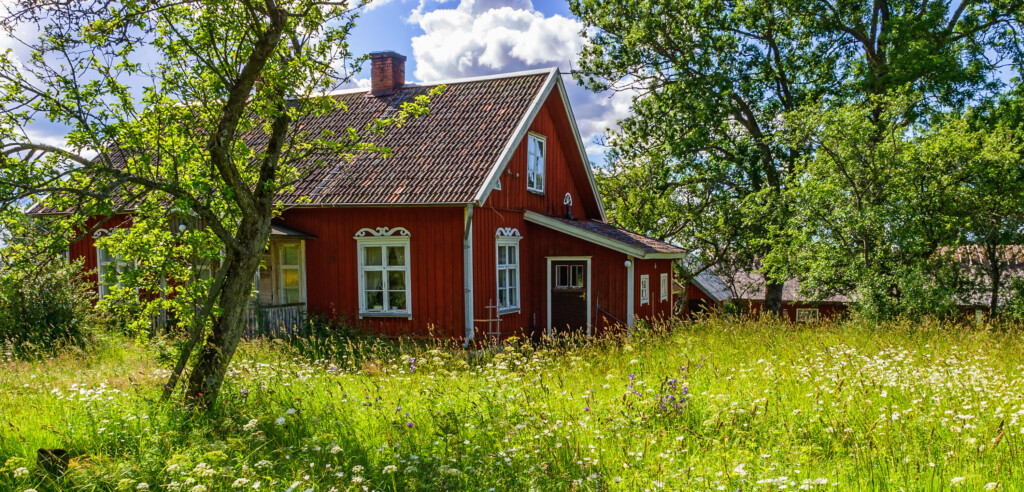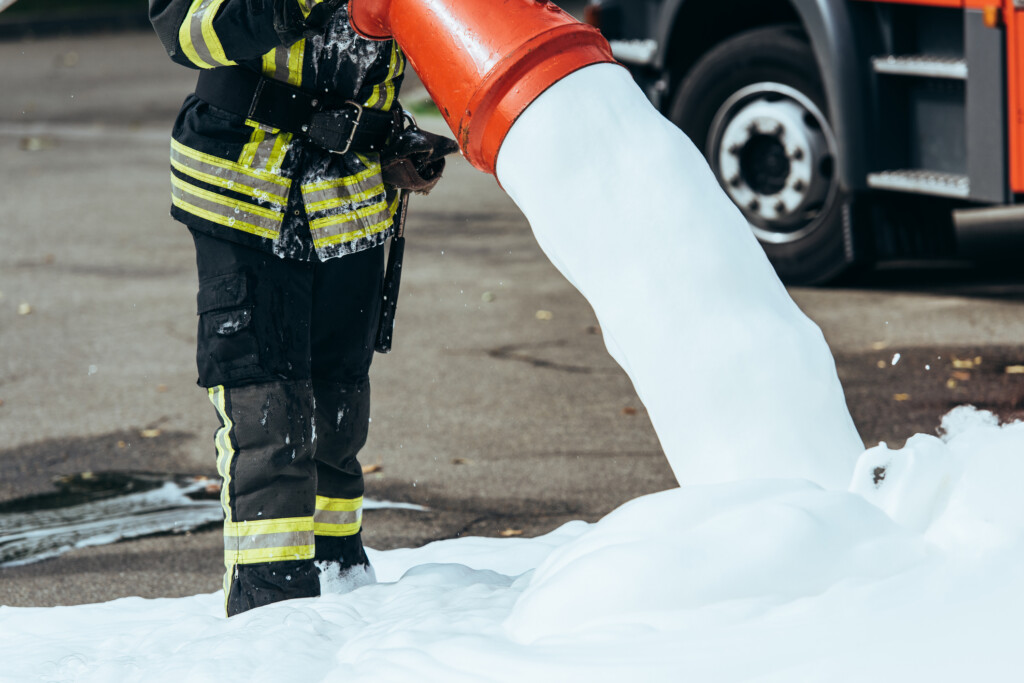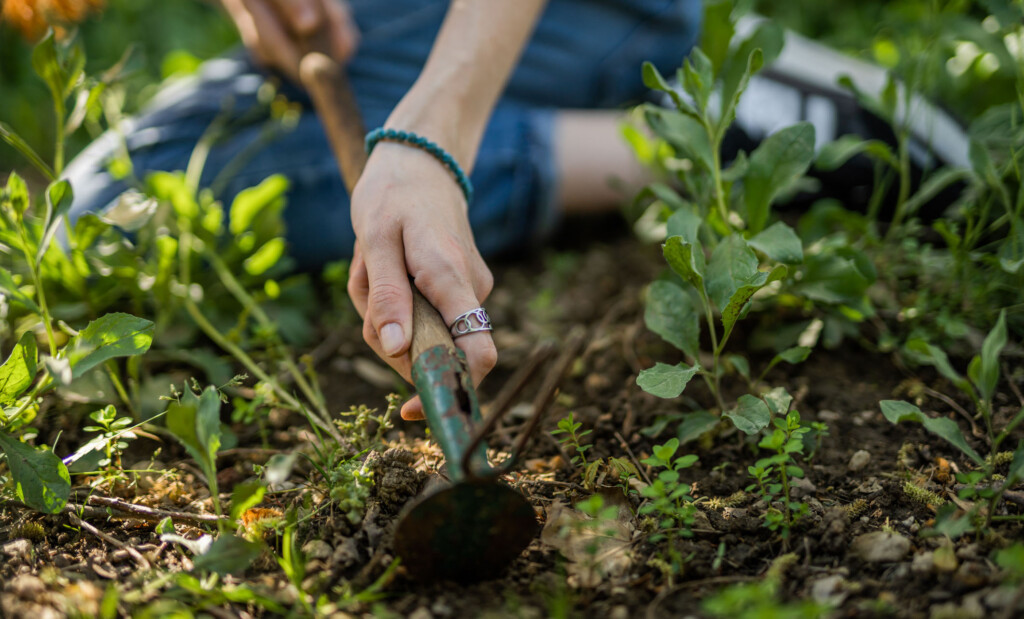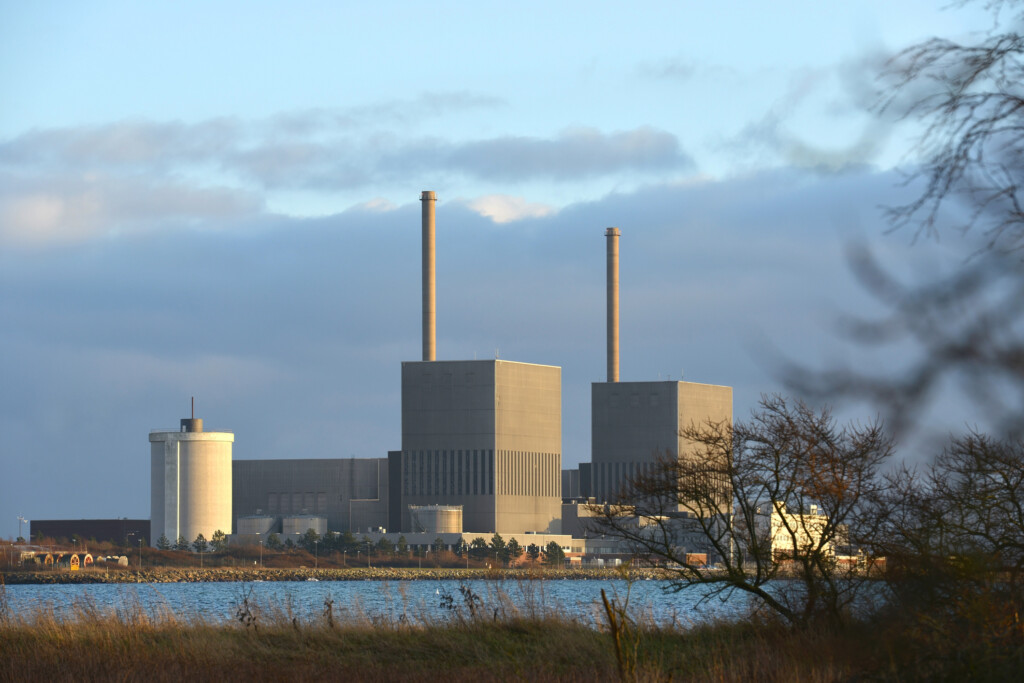Transport
Summer heat threatens milk supply
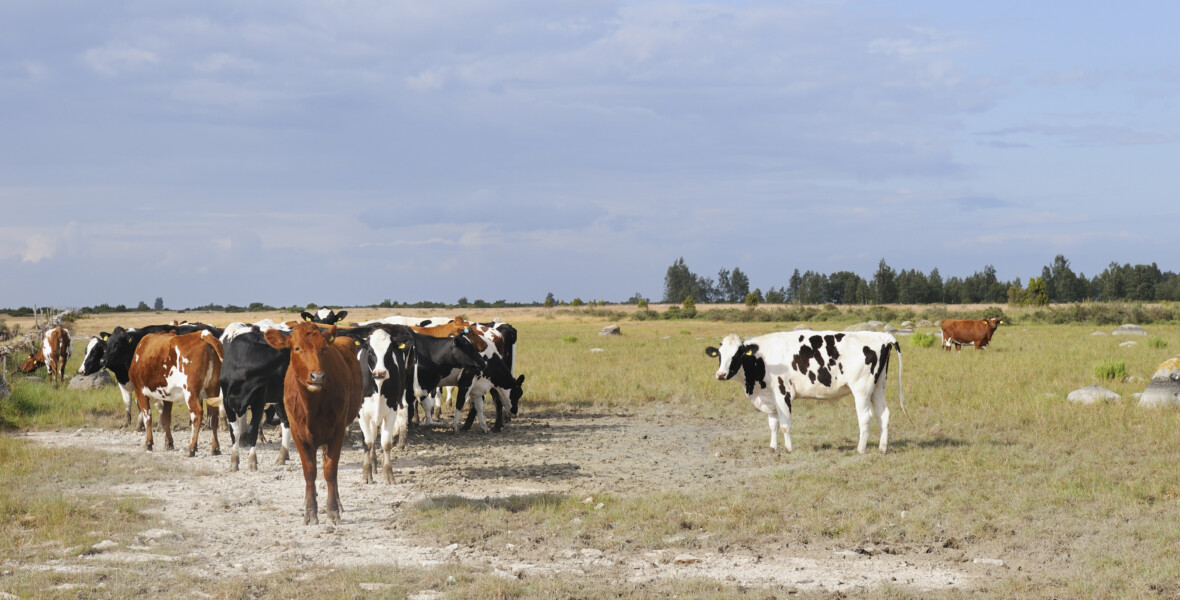
The summer of 2023 risks being as hot as the record summer of 2018, heralding a tough battle for Sweden’s dairy cows. New research shows that they produce less milk and have poorer reproductive capacity at elevated temperatures, and that the heat affects unborn calves in the mother’s womb.
Prenumerera på Extrakts nyhetsbrev!
Läs mer
Håll dig uppdaterad! Få kunskapen, idéerna och de nya lösningarna för ett hållbart samhälle.
Personal data is stored only for the mailing of Extrakt newsletters and information related to Extrakt’s operations. You can cancel the newsletter at any time, which means you will no longer receive any emails from us
The summer of 2018 hit the country’s dairy farmers hard. Besides the drought, which reduced access to feed, new studies show that cows produced less milk than usual.
“At 15 degrees they already begin to be affected negatively, and at temperatures of around 20 to 25 degrees they produce on average half a kilo less milk per day,” says Lena-Mari Tamminen, an epidemiology researcher at the Swedish University of Agricultural Sciences who specialises in heat stress and the effect of extreme weather on dairy cows.
However, there is great variation from individual to individual, and cows who produce the most also lose the most milk. Unfortunately, loss of production is not the only impact on cows that is caused by heat stress. Tamminen distinguishes between acute and long-term effects.
“Acute effects resemble how we humans are impacted: the cows become lethargic, lose their appetite, move less and prefer to simply rest, but they can also exhibit behaviours that indicate frustration.”
Foetal effects and impaired fertility
In the project The effect of extreme weather on the health and productivity of dairy cows, she and her colleagues examined how dairy farmers were impacted by the summer of 2018, what climate change effects they are already experiencing, and how prepared they are for a warmer climate. One of the most alarming effects that the researchers noted was the increased difficulty in the cows’ ability to get pregnant that summer.
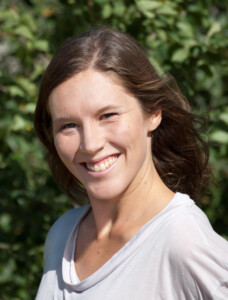
“The heat not only makes it harder for farmers to see when the cows are ready to mate, but it affects the cows’ ability to get pregnant. The effects linger for some time after the heat has dissipated.”
Even unborn calves in the womb suffer heat stress.
“This increases the risk of the calves dying, and those that survive produce less milk later on in life.”
The combination of impaired fertility and foetal effects during the heat creates a downward spiral, since the cows are pregnant for nine months.
“Farmers want a steady flow of new calves. But if the cows get pregnant after the summer, there will be a peak next summer and then the fetuses will be affected by the heat, too. If 2018 is the new normal, we’ve got to do something about this since it affects profitability in the long run.”
Scientists cannot yet say how long these effects persist in calves and cows.
“It’s like a huge iceberg. We see the peak – reduced milk production – but we don’t know the extent of the total effects of heat stress.”
Grazing outdoors at night
So what should dairy farmers do this year as they wait for the heat? In a report on lessons learned after 2018, the animal association Växa highlights some urgent measures to take, like not exposing the animals to direct sunlight, installing fans and wetting down the animals. In the United States, fans and water vapour are used to cool off the animals, as well as “soakers” that spray water on the animals’ backs.
“They need to get water down to the skin surface to cool off – it’s not enough to just wet their hair.”
Tamminen says that Swedish conditions differ slightly from the American ones. We have lower humidity here, for instance, and water is a scarce commodity in many areas during the summer in Sweden.
“We might need to take a different path than the U.S.”
One option she highlights is night grazing. Cows stay inside and remain protected from sunlight during the day, and then graze outdoors during the night instead. But this assumes that the barn is not too hot during the day.
“It’s not easy to say what would work best in Sweden in general. The optimal solution varies depending on the farm.”
She mentions a creative solution where a farmer installed a sprinkler in the ceiling.
“The cows loved it, but it disrupted production because they started playing in the sprinkler instead of going to the milking robot.”
Studying individual differences
So, how well-equipped are dairy farmers for the heat? Tamminen notes a difference between those who were hit hard by the summer of 2018 and those who fared better.
“Some people were hit hard because they had to buy feed, and those people have struggled to recover financially. They are in an even worse position this year since they perhaps couldn’t afford to invest in irrigation ponds or more land to secure feed production, let alone invest in cooling systems. They’re at the mercy of the weather.”
She emphasises that the focus must shift from emergency measures to more long-term ones. In a future project, the researchers will find out if there are individual differences among cows, if some cows are less affected by the heat, and what distinguishes those who are least affected from the others.
“This way, we might be able to breed them in the future in order to secure milk production in a warmer climate.”
She worries that this year’s summer might deal a blow to the industry.
“I’m worried that we’ll see more dairy farms closing down if the summer gets as hot or hotter than in 2018.”
